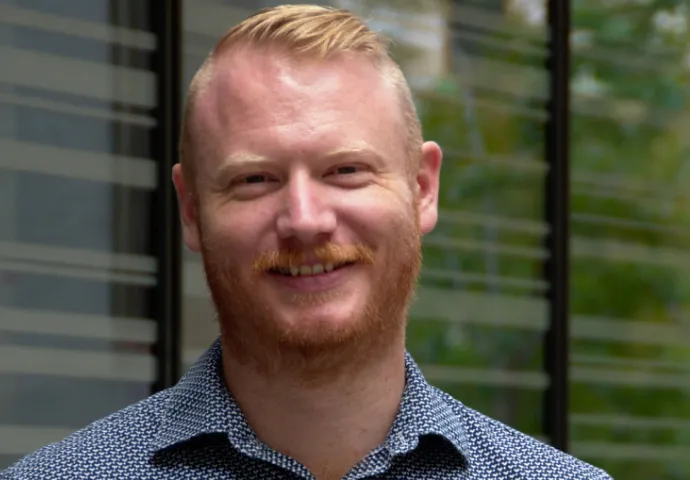Filtering out the noise


Noise is everywhere. Planes in the air, neighbors blaring music and kids playing in the backyard. It is impossible to get any work done when it's too noisy. The same goes for quantum computers.

Quantum bits, or qubits - the building blocks of a quantum computer - work best when it is quiet. Noise in the environment can randomize the information they store, causing hardware errors. In this case we're talking about electromagnetic noise rather than the acoustic type coming from next door.
At Q-CTRL we are coming up with solutions to ensure that qubits are able to cope with a noisy environment and still function - a bit like giving them noise-cancelling headphones. These solutions are our controls - they describe different ways in which we can manipulate our qubits to perform computations.
Physically, this means using pulses of laser or microwave radiation to interact with the qubits in such a way as to minimize electromagnetic 'static'.
Many different sorts of controls can result in the same computation, but not all of them work equally well when there is noise.
A standard control system uses a primitive pulse that basically treats the qubit without distinction to frequency of interference. Q-CTRL uses a variable approach, changing the amplitude and phase of the control signal over time.
We visualize how well our controls are working using a filter function. A filter function tells us how much noise a qubit will hear when we guide it using a particular control.
We visualize a filter function with a plot along a horizontal axis showing the FREQUENCY (or the pitch) of the noise. The vertical axis shows how strongly the qubit responds (we've labelled that axis RESPONSE in the graph below). The filter function is represented by a line that indicates how strongly the qubit responds to noise with a particular frequency.
The smaller the value of the filter function, the better it works, meaning less noise gets through to the qubit. Often in real lab environments it is a lot noisier at lower frequencies (more bass than treble), so we particularly like filter functions that have a low response for low frequencies.

In the figure above we show a couple of the filter functions of some control solutions we have provided in our software package. One of these is represented by the dark purple line, the other by the dotted pink line.
This shows that our controls block noise where the majority of it appears - at the lower frequencies.
The shaded region shows that the response of the qubit to noise at low frequencies is considerably smaller when using our control solutions. This smaller response means the qubits “hear” much less noise and work better.
But how are we controlling this qubit? Why does noise stop a quantum computer from working? What if there is a lot more treble in the noise?
Answers to all these question and more will be coming up from the quantum control team at Q-CTRL in future posts. Stay tuned.


